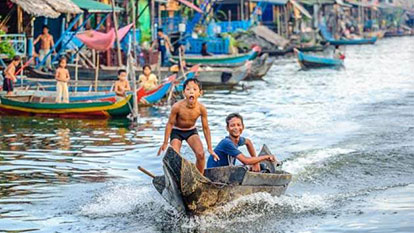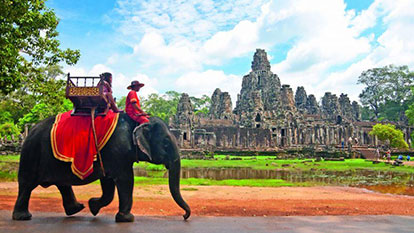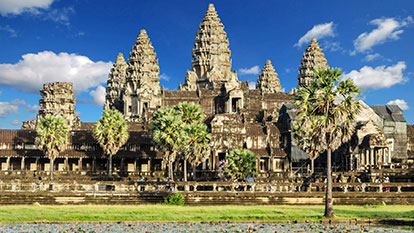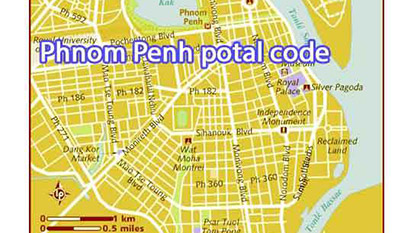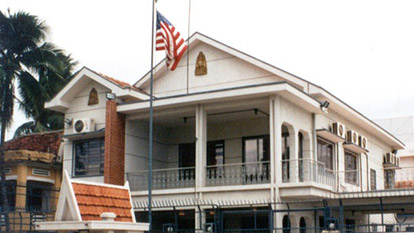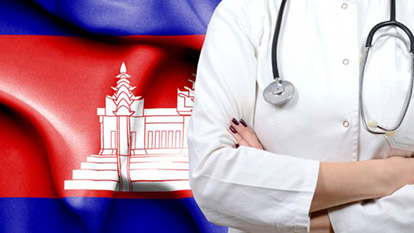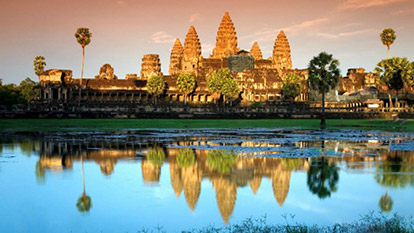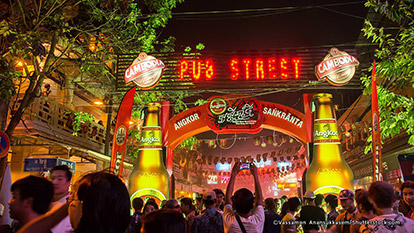Cambodia Food and Drink
The food and drink in Cambodia is a vibrant and integral part of the country’s identity, blending influences from neighboring Thailand, Vietnam, and China, while showcasing its own distinctive flavors and ingredients. For both locals and travelers, the cuisine offers a diverse array of hearty, flavorful dishes, often less spicy than other Southeast Asian fare. From lively street food markets to high-end dining, Cambodia provides an exciting culinary adventure that reflects its rich cultural heritage. If you're wondering what to eat in Cambodia, Galatourist, a trusted Cambodia travel agency, can guide you through this remarkable gastronomic journey.
Traditional Cambodia's food and drink
Khmer cuisine is based on the use of rice, fresh vegetables, and a variety of protein sources, especially fish. Cambodia's food draws from the flavors of the Mekong River and its fertile plains, offering dishes that are fresh, fragrant, and balanced. Rice, in particular, is the staple, and you’ll find it accompanying most meals. Fish plays a central role in the diet, often served with tangy sauces, herbs, and spices, though without the intense heat found in Thai or Indian cooking.
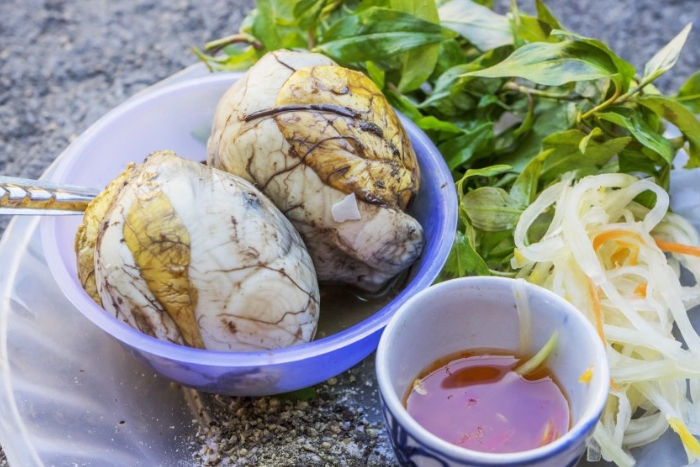
Signature Dishes in Khmer Cuisine
- Balut: Possibly the most iconic of Cambodian dishes, balut is a fertilized duck egg that is eaten whole, with the embryo inside. This dish, while challenging for some, is a local delicacy enjoyed for its unique texture and rich flavor.
- Amok Trey: A favorite among both tourists and locals, amok trey is fish steamed in a creamy coconut curry sauce, wrapped in banana leaves. This dish is mild, fragrant, and truly representative of Cambodian flavors.
- Prahok: Used in many traditional dishes, prahok is a fermented fish paste that adds a strong umami flavor. It can be an acquired taste but is a critical element in Khmer cooking.
- Kuy Teav: A breakfast staple, kuy teav is a rice noodle soup with a pork broth, often served with herbs, lime, and sometimes beef or seafood. It's a comforting start to the day and thought to have Chinese origins.
- Lok Lak: A simple yet delicious stir-fried beef dish, lok lak is often served with a tangy lime and black pepper dipping sauce. It’s commonly accompanied by rice or fried potatoes and a fried egg.
- Nom Banh Chok: Known as "Khmer noodles," this dish features thin rice noodles topped with a fish-based green curry, herbs, and a mix of crunchy vegetables. It’s a popular street food often eaten for breakfast.
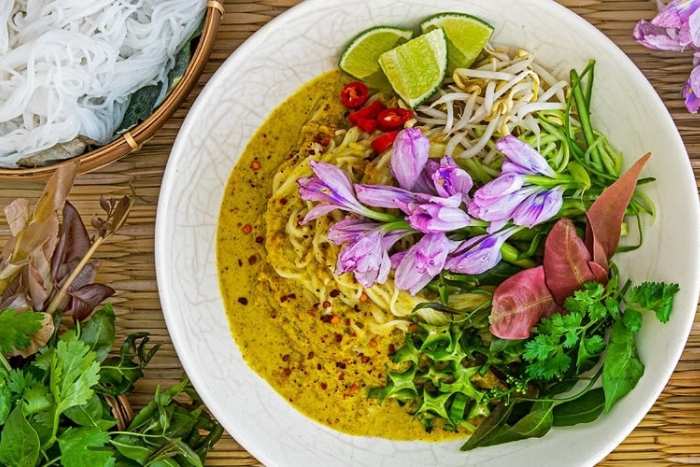
- Kralan: A snack made from sticky rice, coconut, and sugar, kralan is cooked inside a bamboo tube. The bamboo imparts a smoky, sweet flavor, making it a popular snack across Cambodia.
- Crispy Fried Spiders: Found mostly in Northern Cambodia, this dish is famous for its shock factor but is enjoyed by locals for its crunchy texture and surprising tastiness when fried with garlic and salt.
Exotic Fruits in Cambodia
Cambodia is known for its rich variety of tropical fruits, many of which may be unfamiliar to travelers but are deeply cherished by locals. A standout is durian, often called the "King of Fruits." Though notorious for its pungent smell, it has a creamy texture and a unique flavor mix of sweet, savory, and even onion-like notes. Durian is a must-try for adventurous food lovers. Another popular fruit is jackfruit, which is prized for its sweet, fibrous flesh that tastes like a mix of pineapple, mango, and banana. It is used in both sweet dishes and savory recipes like salads and curries.
Fruits like mangoes and bananas are widely consumed in Cambodia. Mangoes, especially during peak season (April to September), are enjoyed fresh, in salads, or as juice. Similarly, bananas are an everyday snack, often grilled, fried, or used in desserts. The rambutan, with its bright red, spiky skin, and sweet flesh, is also a favorite, offering a refreshing burst of flavor, especially in the hot Cambodian climate.
Unique fruits such as dragon fruit, with its vivid pink skin and white or red flesh dotted with seeds, are visually striking and subtly sweet. Longan and lychee are also popular, known for their juicy, sweet flesh and used in both fresh fruit plates and drinks.
For those planning a visit, Galatourist, a trusted Cambodia tour operator, offers the perfect opportunity to explore local markets and sample these exotic fruits. These fruits not only add to the culinary adventure but also offer numerous health benefits, from vitamins to antioxidants. Knowing what to eat in Cambodia goes beyond traditional dishes, as its tropical fruits provide a delightful addition to any trip. Following these Cambodia travel tips, you’ll be sure to experience the country’s rich flavors while supporting sustainable, local farming practices
Cambodia Street Food and Hygiene
Cambodia’s street food scene is a highlight for visitors, offering a wide range of affordable and flavorful dishes that reflect the country's vibrant culinary traditions. From the bustling markets of Phnom Penh to the coastal areas like Sihanoukville, you’ll find an abundance of food stalls serving freshly prepared meals. Popular choices include noodle soups like kuy teav, rice dishes like bai sach chrouk, and savory snacks like num kachay (chive cakes).
However, hygiene should always be a top priority when exploring street food. Opt for stalls that are busy with locals, as this is usually a sign of fresh, safe food. It’s also a good idea to choose dishes that are cooked on the spot and served piping hot to minimize the risk of foodborne illnesses. Avoid raw or undercooked meats and seafood, and stick to bottled water to stay hydrated.
For an immersive and safe food experience, Galatourist offers guided food tours that can introduce you to the best street food in Cambodia, while ensuring that safety and hygiene are prioritized. Remember, when exploring Cambodia lifestyle through its cuisine, taking small precautions can go a long way in ensuring a pleasant and delicious journey
Tipping in Cambodia
Tipping in Cambodia is not mandatory, but it’s becoming increasingly common in tourist-heavy areas. In restaurants and hotels, especially those without a service charge, a tip of 5-10% is appreciated. Casual eateries and street food vendors typically do not expect tips. For exceptional service, particularly from tour guides or drivers, tipping $5-10 for guides and $2-5 for drivers is customary. Hotel staff such as bellhops and housekeeping also appreciate small tips of around $1-2 per service.
When exploring Cambodia travel guide recommendations, it’s useful to know that using small, clean U.S. dollar bills is widely accepted for tips. However, in more rural areas, tipping is less common. Tipping is a simple way to show gratitude for good service, especially in popular tourist destinations
What to drink in Cambodia?
Cambodia’s drink scene is equally diverse, offering refreshing and unique beverages to quench your thirst in the tropical heat.
- Fresh Coconut Juice: Available everywhere, this refreshing drink is served straight from the coconut and offers a hydrating, natural sweetness.
- Rice Wine: A traditional Cambodian alcoholic beverage, rice wine is often home-brewed and can vary in strength and flavor.
- Khmer Drink: A simple yet refreshing concoction of soda water mixed with a squeeze of lemon, often enjoyed on hot days.
- Local Beers: The most popular beers in Cambodia are Angkor Beer and Cambodia Beer. Drinking local beer is encouraged due to the state-imposed taxes on imported alcohol. These beers are light and easy to drink, perfect for pairing with the local cuisine.
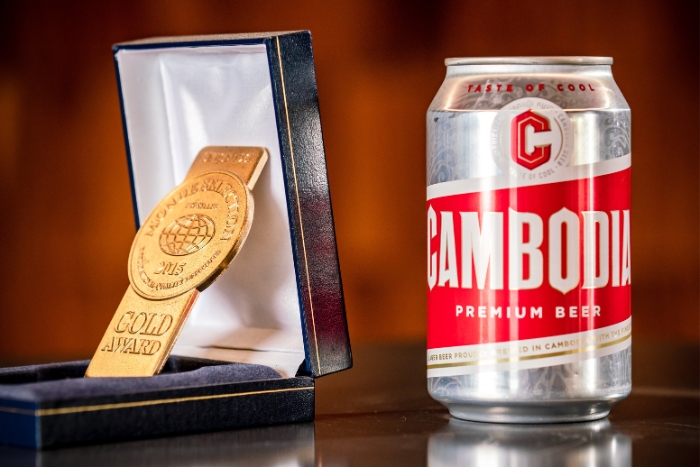
A Culinary Exploration Awaits in Cambodia
The Cambodia food and drink scene offers a rich exploration of the country’s history, geography, and cultural influences. Its unique balance of flavors, from fresh herbs to bold spices, combined with regional specialties, makes Cambodian cuisine an essential experience for any food enthusiast. Whether you’re savoring street food in Phnom Penh, sipping fresh coconut juice by the beach, or daring to try exotic dishes like balut or fried spiders, Cambodia promises an unforgettable culinary journey. For those curious about what to eat in Cambodia, working with Galatourist, a trusted Cambodia travel agency, can enhance your exploration by guiding you through the best local flavors and hidden culinary gems.
---
In the same topic:
Shouldn't miss this:
- Agence de voyage locale francophone au Vietnam
- Itinéraire sud vietnam
- Cai Be 2 jours
- Circuit sud vietnam 10 jours
- Hotel 4 étoiles Phu Quoc
- Guide voyage Phu Quoc
See more:
Sincerely yours & see you soon!
GALATOURIST since 2005.
Testimonials

Ms. Francesca Tronconi & Mr Vizzolini Davide (2pax) from Spain

Mrs & Mr. DUPUIS (2pax) from United States

Mr. Jeffrey Szymanski (2pax) from United States

Mrs Rosemary McGuinness (2pax) from Australia

Mrs Elena Maria Sanchez (2pax) from Spain

Group Marissa (4pax) from United States

Mr Jerzy (2pax) from Canada






